Did You Know…?
The Knowledge Bank
The Knowledge Bank
2022 is the Year of Stories, a year dedicated to Scotland's stories through the themes of Iconic Stories and Storytellers, New Stories, Scotland's People and Places, Local Tales and Legends and Inspired by Nature. We carry on our 2022 celebration with the BooksfromScotland February issue, Do You Know . . .? where we highlight books - fiction, memoir, children's books, fantasy and crime - that delve into Scotland's past, present and imagined future.
Hear No Evil By Sarah Smith Published by Two Roads
Imagine you’re a policeman directing traffic. You want to tell the driver facing you to get a move on. You put your hand out, palm open and facing up, and move it back towards your shoulder. In sign language for the deaf, this gesture means that something happened in the past. Over your shoulder. Behind you. Gone.
Now imagine the past through the eyes of a deaf-mute girl in, say, the early 19th century. Sign language is in its infancy, and certainly not standardised. As a deaf girl, you probably haven’t been to school, so you can’t read and write, and because of that, the people you can’t talk to probably think you are stupid. Stupid and ignorant and, when accused of murdering your baby, probably guilty.
That is precisely the story Sarah Smith tells in her debut novel Hear No Evil, which is partly based on the real-life case of Jean Campbell, a Glaswegian who in 1817 was the first deaf woman tried in a Scottish court, accused of throwing her three-year-old child into the Clyde from the Saltmarket Bridge. Her trial made legal history for another reason: the court employed Edinburgh deaf school owner Robert Kinniburgh to help in her interrogation. In the novel, he does a lot more, repeatedly going to Glasgow to ascertain the facts of the case and see if he can uncover anything that could save Campbell from either the hangman’s noose or the insane asylum.
Already, perhaps, you can see both why Smith was drawn to this story and – because of her insistence that early sign language be a key part of it – the difficulties inherent in telling it. There are, she has written, hardly any deaf users of sign langua...
Extracts taken from The Green Lady By Sue Lawrence Published by Saraband
1615 Marie Seton
As I lie on my bed, not far from death, I have asked Sister Agnes to bring me over my journals and my letters, which I have not looked at for so many years. I feel ready to reflect on my long life before I begin my journey into the next. I had just received news that Alexander Seton, now Lord Chancellor of Scotland, is to begin preparations for the royal visit from London to Scotland next year. The plan is for King James and Queen Anne to tour the country, from Dunbar t...
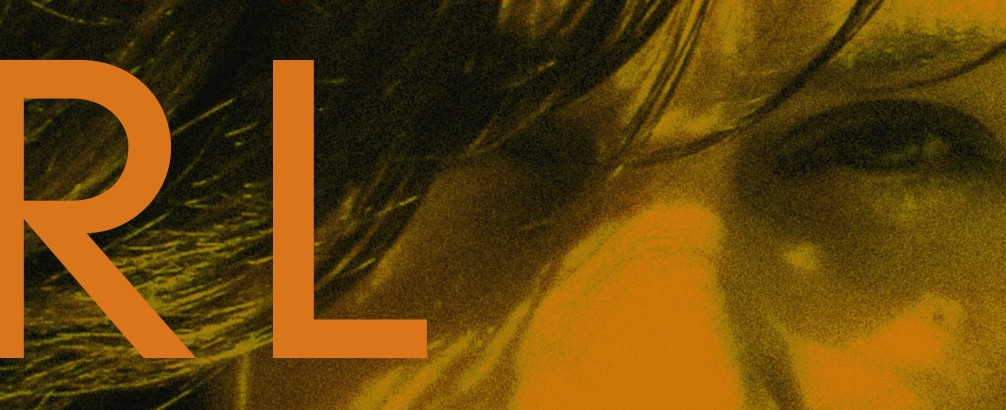

‘Coming through this experience, I’ve been able to make big changes to my life. I don’t view myself as a victim, I think I’m a survivor.’


‘In its overarching call for more (and more diverse) bisexual stories and content, The Bi-ble is a necessary tonic.’


‘We can all be agents of change. Words are powerful things. They can rewild hearts and minds, and if we use them well, we can rewild this world.’
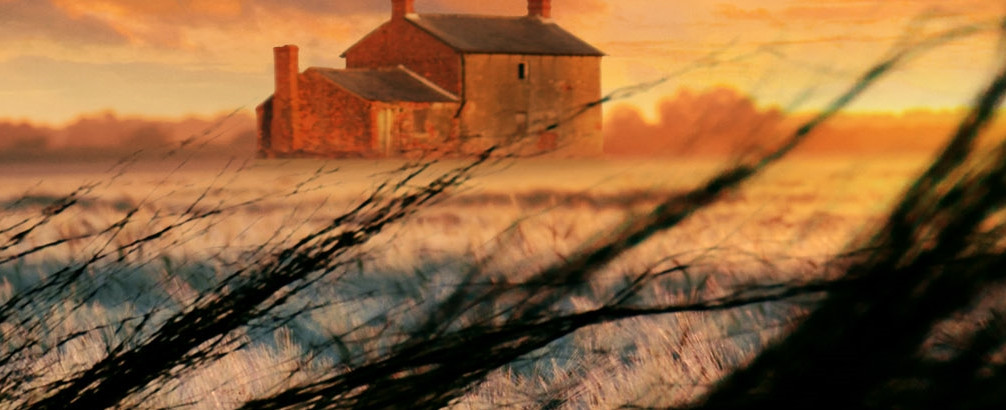

‘”Who could do this?” the farmer croaked, blinking. “Who could make themselves—”’
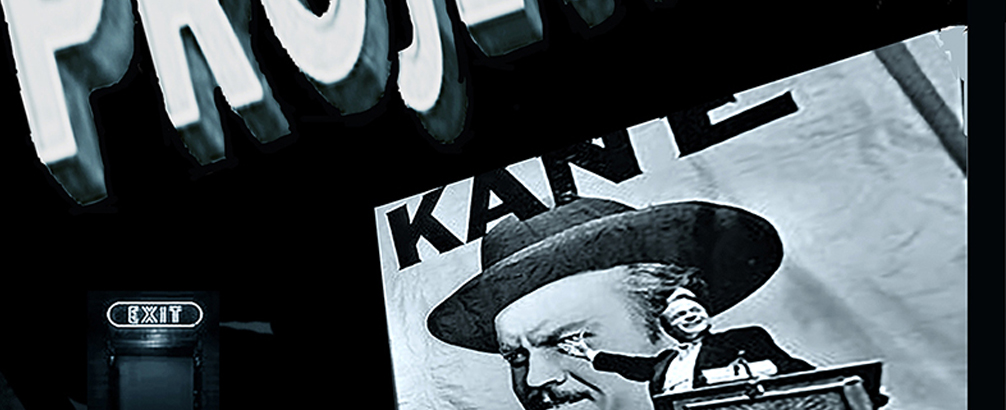

‘Next to those, Cameron Fletcher’s death certificate. Every time he saw it, Cameron shivered. Haunted by his own ghost.’
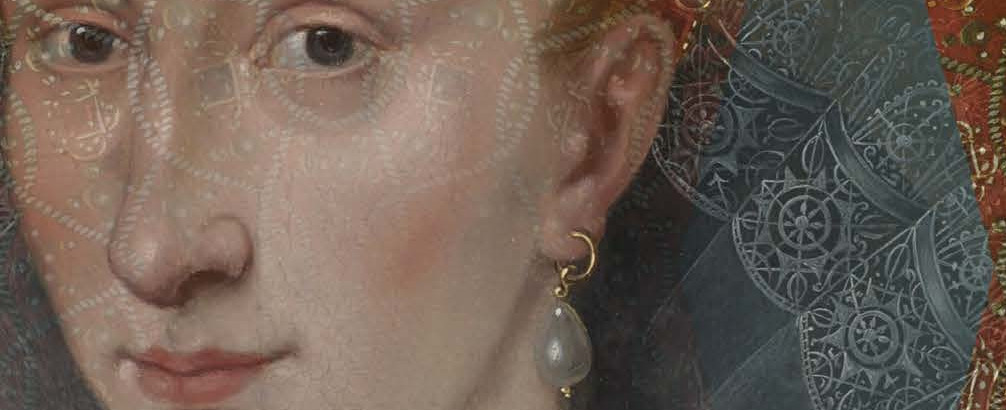

‘In London the court is a Crucible, a melting place, where the foundations of what later becomes the dominant cultural force in the world, the English language, are forged; and it all takes place by h …
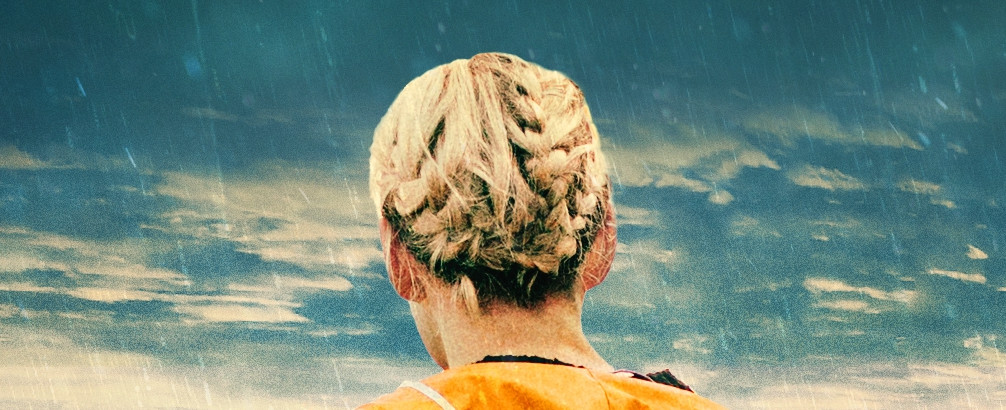

‘He had wounds to the back of the head. Hitting the windscreen wouldn’t have caused that.’


‘She was the centre of any room she was ever in, even before she became the Queen.’